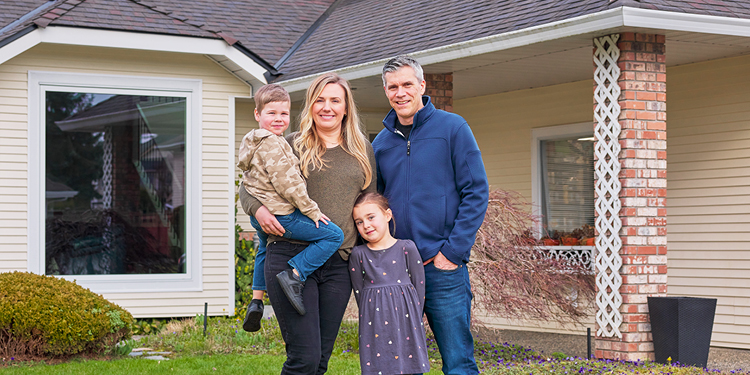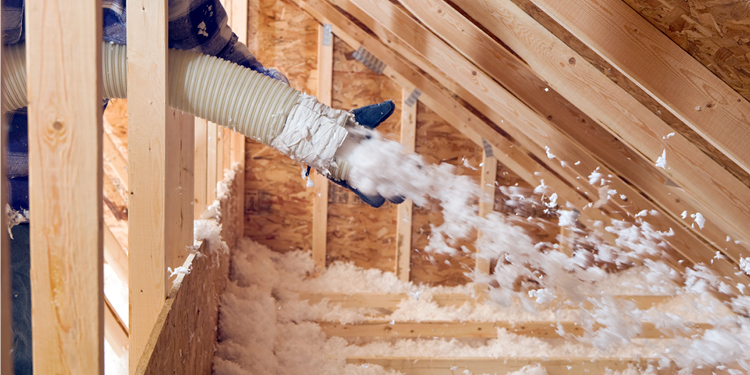Sustainable energy solutions for a better BC
October 24, 2022
Sustainable energy solutions are necessary for a better BC. In line with our Clean Growth Pathway to 2050 plan, we’re making real progress delivering renewable and low-carbon gases.1
To meet the diverse energy needs of British Columbians, we’re expanding our supply of Renewable Natural Gas2 (RNG), as well as investing in opportunities to safely integrate hydrogen into our existing gas lines. These solutions, along with our energy-efficient technologies, will help displace conventional natural gas and lower our customers’ greenhouse gas (GHG) emissions.
Read on to learn more about RNG, our energy-efficient technologies and our supply partners:
What is RNG?
When organic waste decomposes, it releases a biogas rich in methane. Instead of being released into the atmosphere, raw biogases can be captured and purified to create low-carbon RNG,3 which can be used in households and industry to replace conventional natural gas.
We’ve been expanding our supply of RNG for more than a decade by creating connections with suppliers that range from dairy farms to wastewater treatment plants. We succeeded in tripling our supply of RNG in 2021, and again in 2022. Today, our natural gas customers can sign up to designate all or a portion of their conventional natural gas use as RNG. Signing up is easy and won’t require changes to existing natural gas appliances.
Introducing hydrogen gas
Hydrogen gas is colourless, odourless and tasteless, just like natural gas. However, it emits no carbon dioxide when used.
FortisBC is currently exploring three different ways to produce hydrogen:
- Green hydrogen: electrolysis powered by renewable electricity separates water into hydrogen and oxygen
- Blue hydrogen: steam reforming is undertaken to produce and store hydrogen and carbon as a gas
- Turquoise hydrogen: pyrolysis is utilized to produce hydrogen from methane while carbon is captured and stored in a solid state
One of our most exciting projects, a partnership with Suncor Energy (Suncor) and Hazer Group Limited, involves bringing innovative, hydrogen-producing technology to BC. Located at Suncor’s Burrard Terminal site, the new pilot facility will use methane pyrolysis technology to produce clean-burning turquoise hydrogen from natural gas.
The addition of hydrogen to our renewable and low-carbon gas supply is critical to decarbonizing our gas system. At its full potential, this pilot project could produce up to 2,500 tonnes of hydrogen per year—enough to replace the natural gas use of approximately 3,300 BC households.
Outlining our energy-efficient technologies
Our sustainable solutions also include an array of efficient technologies to ensure optimal energy usage. For example, today’s gas absorption heat pumps offer industrial and residential customers a more efficient alternative to traditional furnaces, water heaters and boilers. This helps lower energy consumption and lower energy bills. And, like other household appliances, gas absorption heat pumps can be powered with sustainable energy. So, as we continue to expand our supply of renewable and low-carbon gases like RNG, homes and businesses across the province will be able to drastically decrease their GHG emissions with energy-efficient technologies and sustainable energy. Furthermore, rebates are available for installing gas absorption heat pumps in commercial, multi-unit residential or institutional buildings.
In addition, deep energy retrofits, or comprehensive upgrades to a building’s existing enclosure and mechanical systems, work to reduce the overall energy the structure requires by 50 per cent or more. Not only can these retrofits improve energy efficiency, they may also minimize disruption and avoid displacing occupants compared to invasive demolition projects.
By combining these efficiencies with renewable and low-carbon gases, we’re helping British Columbians reduce their GHG emissions in meaningful ways.
BC’s supply potential of renewable and low-carbon gas
British Columbia uses a diverse mix of energy to meet the growing demands of our residential, transportation, industrial and building sectors. A recent study stated that by 2050, our supply of renewable and low-carbon gas could double to as high as 440 petajoules per year—around twice BC’s current natural gas use.4
To ensure this outcome, we’re working with suppliers to help reduce GHG emissions.
Meet our RNG suppliers
Our diverse group of suppliers have been putting waste to work for over a decade. Some examples of the waste used to produce RNG includes cow manure from farms, compost from municipal organics and waste from landfills and water treatment plants.
Here’s some of the suppliers that help us power the future with low-carbon RNG:
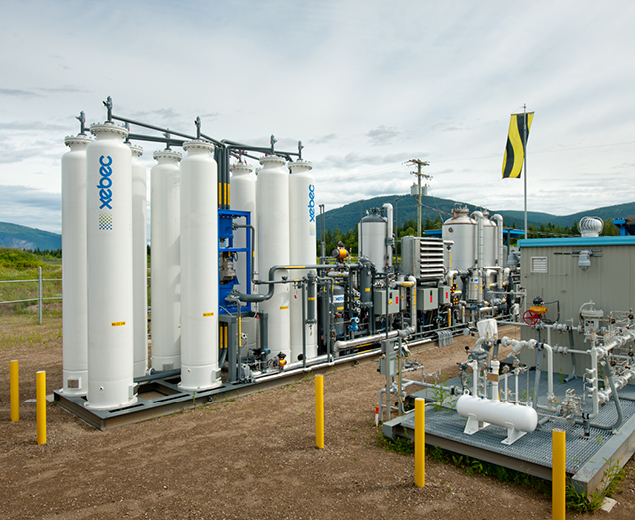
Salmon Arm Landfill
Salmon Arm, BC
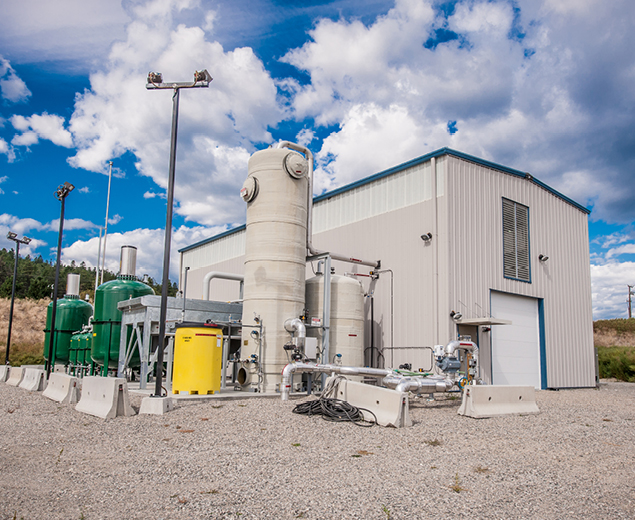
Kelowna Landfill
Kelowna, BC
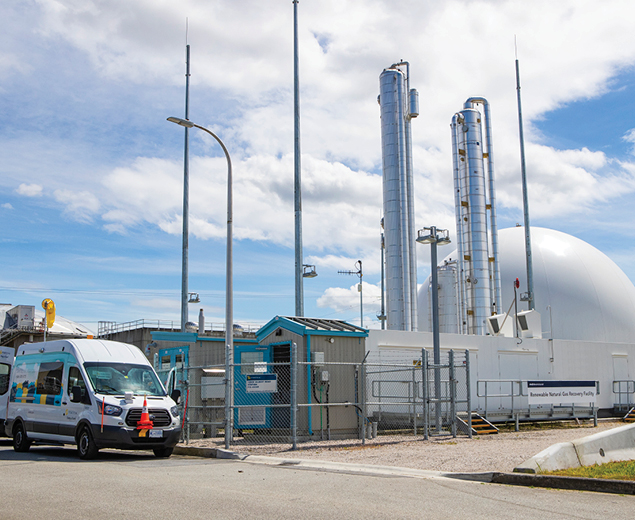
Lulu Island Wastewater Treatment Plant
Richmond, BC
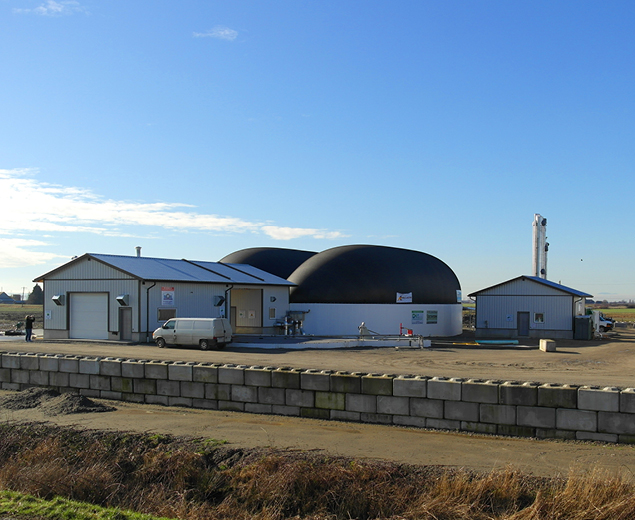
Seabreeze Farms
Delta, BC
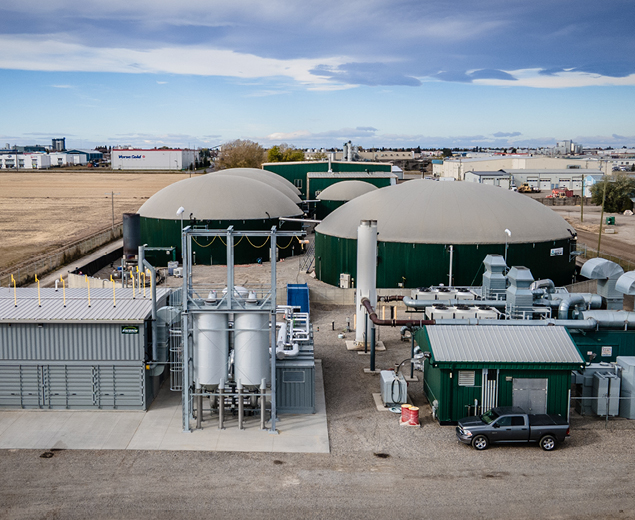
Lethbridge Biogas
Lethbridge, Alta
We’re continuously looking to partner with more organizations and governments to increase our RNG supply. Find out more about our RNG suppliers who are putting waste to work, creating sustainable energy and reducing GHG emissions.
We’re working hard on sustainable energy solutions like RNG, hydrogen and advancing energy-efficient technologies to build a better BC.
1,3FortisBC uses the term renewable and low-carbon gas to refer collectively to the low-carbon gases or fuels that the utility can acquire under the Greenhouse Gas Reduction (Clean Energy) Regulation, which are: Renewable Natural Gas (RNG or biomethane), hydrogen, synthesis gas (from wood waste) and lignin. FortisBC’s renewable and low-carbon portfolio currently includes only renewable natural gas. Other gases and fuels may be added to the program over time. Depending on their source, all of these gases have differing levels of lifecycle carbon intensity. However, all of these gases are low-carbon when compared to the lifecycle carbon intensity of conventional natural gas. The current burner tip carbon intensity of RNG is 0.29gCO2e/MJ and the current RNG portfolio lifecycle emissions are -22gCO2e/MJ. This is below B.C.’s carbon intensity threshold for low-carbon gases of 36.4 gCO2e/MJ set out in the 2021 B.C. Hydrogen Strategy.
2Renewable Natural Gas is produced in a different manner than conventional natural gas. It is derived from biogas, which is produced from decomposing organic waste from landfills, agricultural waste and wastewater from treatment facilities. The biogas is captured and cleaned to create Renewable Natural Gas (also called biomethane).
4B.C. Renewable and Low-Carbon Gas Supply Potential Study; page 4.

